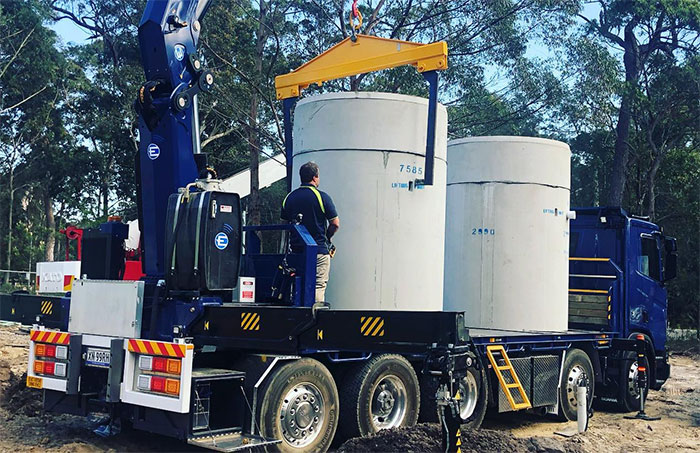How to beat the heat in your home this summer
As the temperature rises, so does the temptation to crank up the air conditioner. But there are ways to reduce the summer heat in your home before resorting to mechanical cooling.
Direct sunlight on windows can produce as much heat as a radiator, so shade exterior windows (especially north and west-facing ones) with blinds and curtains inside, and awnings or pergolas outside. Deciduous trees, bushes or vines outside windows and walls will also provide heat protection in summer.
Close windows and curtains during the hottest part of the day to keep out heat and save on cooling costs. When it cools down outside open your home up to the evening breeze. This will lower the temperature inside. Create airflow by opening windows or doors on opposite sides of the room.
If you haven’t already insulated your home, you could be wasting up to half the energy you use to cool your home by allowing cool air to leak out and hot air to enter. And don’t forget to draught-proof your home by sealing gaps around windows and doors—this helps keep cool air in and hot air out. Weather strips are a cheap and easy option. Check out gift shops for some funky new versions of the traditional sand-filled ‘sausage’.
Electrical appliances and lighting can pump out heat too, so turn off lights, computers and televisions when not in use and try to use the dishwasher or washing machine in the morning or evening when it’s cooler. Avoid using the oven in the middle of the day. Even your choice of light globes can make a difference to the heat in a room. Compact fluorescent lamps (CFLs) not only emit less heat than older-style light globes, they are far more energy efficient and can last 4 to 10 times longer.
If you decide to use electrical cooling, consider using fans. They use a fraction of the energy an air-conditioning system uses and create a breeze to make you feel cooler. Remember, fans cool people, not rooms, so turn them off when you leave the room.
If you have an air conditioner, use it only when you have to and don’t over-cool. Set the temperature between 25 and 27 degrees Celsius. Setting the thermostat to even one degree higher can save between 5 and 10 per cent on your energy use. Consider buying a programmable thermostat for your air conditioner so that you can set it to suit your schedule and needs. If your air conditioner has a component such as a compressor that sits outside, try to provide it with some shading—if it’s sitting in full sun it has to work harder than it needs to. You might be able to use shading plants or an awning over a window. Don’t forget to clean the filters regularly to help your system work more efficiently.
Hopefully these tips will help you beat this heat this summer! If find these tips helpful, why don’t you share this article?
This article was first published on LivingGreener.gov.au and reposted on www.sydneywatertanks.com.au and www.bioseptic.com.au





